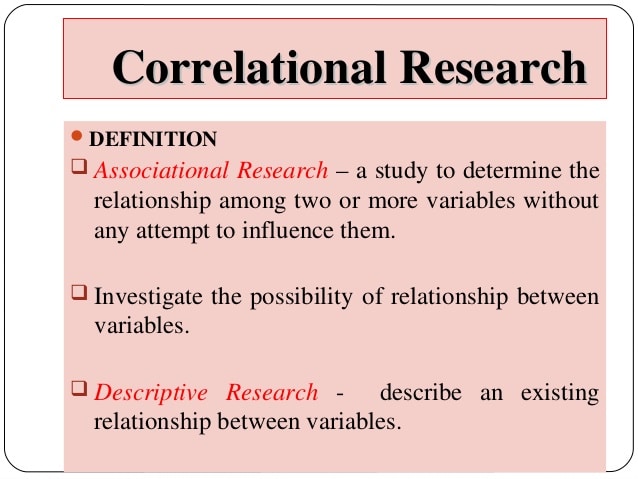Correlational research: definition with example
Correlational research is a type of non-experimental research method in which a researcher steps two factors, assesses and understands the statistical connection between them with no influence from any variable.
Our minds can do some brilliant things. By way of example, it may memorize the jingle of a pizza truck. Louder the jingle, the nearer the pizza truck would be to us. Who taught that? Nobody! We relied upon our understanding and arrived at a finish. We don’t stop there, do we? If there are several pizza shops in the area and everyone has a different jingle, we’d memorize it all and relate the jingle to its own pizza truck.
This is what correlational research exactly is, establishing a relationship between two factors, “jingle” and “space of the truck” in this specific example. The correlational study is seeking variables that appear to interact with one another. When you see one-factor shifting, you get a fair idea of how the other factor will change.
Correlational research example
The correlation coefficient shows the correlation between two factors (A correlation coefficient is a statistical measure that computes the strength of the relationship between two factors), a value measured between -1 and +1. When the correlation coefficient is close to +1, there is a positive correlation between the two factors. If the value is close to -1, there’s a negative correlation between both variables. After the value is near zero, then there’s absolutely no relationship between the two variables.
Let’s take an example to know correlational research.
Within this study, there are just two factors: marriage and disease. Let us state union has a negative association with cancer. It follows that married men and women are less likely to develop cancer.
However, this does not necessarily signify that union straight prevents cancer. In a correlational study, it is not possible to establish the fact, what causes what. It’s a misconception that a correlational analysis entails two qualitative factors. However, the truth is two variables are measured, but is changed. That is true independent of whether the variables are qualitative or categorical.

Types of correlational research
Mainly three types of correlational research have already been identified:
1. Positive correlation: A positive connection between two factors is once an increase in one factor leads to a growth in the other variable. A decrease in 1 factor will observe a decrease in another factor. As an example, the sum of money an individual has might positively correlate with the number of automobiles the person owns.
2. When there’s an increase in one factor, the next factor will show a reduction, and vice versa.
As an instance, being educated might negatively correlate with the crime rate once an increase in one variable leads to a decrease in another and vice versa. If the degree of education in a country is improved, it may lower crime prices. Please be aware that this doesn’t mean that lack of schooling leads to offenses. It only means a shortage of education and crime is thought to have a frequent reason — poverty.
3. No correlation: within this third type, there’s absolutely no correlation between the two variables. A change in 1 variable may not necessarily observe a difference in another factor. By way of instance, being a millionaire and pleasure is not correlated. A rise in money doesn’t lead to happiness.
Data collection in a correlational study
The distinctive feature of correlational research is that the researcher can not control either of the factor involved. It doesn’t matter how or where the variables are quantified.
Naturalistic monitoring
Naturalistic observation is a way of data set where people’s behaviour is observed in their normal surroundings, in which they generally exist. This method is a type of field study. It could mean a researcher may be observing individuals in a grocery store, in the cinema, park, or even similar areas.
Researchers that are normally involved in this type of data collection make observations as unobtrusively as possible so the participants involved in the analysis are unaware they are being detected else they might deviate from being their normal self.
Ethically this process is okay if the participants remain anonymous, and whether the research is conducted at a public setting, a place where individuals would not normally expect solitude. As stated before, taking an illustration of the grocery store where people can be seen while amassing an item from the aisle and placing it from the shopping bags. This is acceptable, and that’s the reason most investigators choose public settings for recording their observations. This data collection method may be both qualitative or quantitative.
More For You:
The Powerful Diversity Statement
What’s Free Enterprise System? Is it Better Than Capitalism?